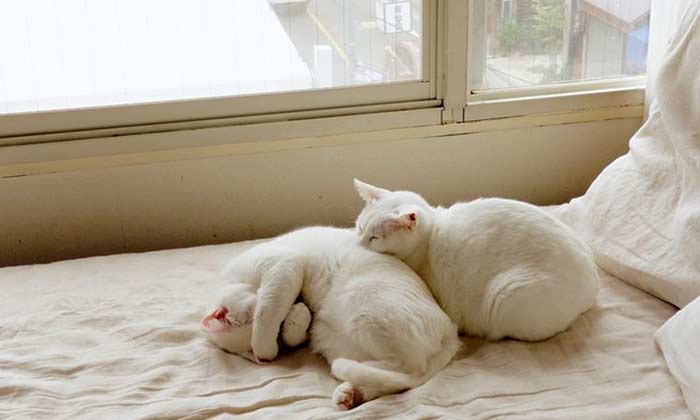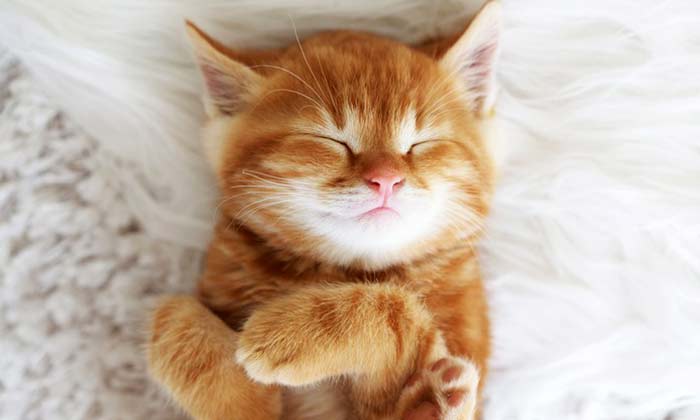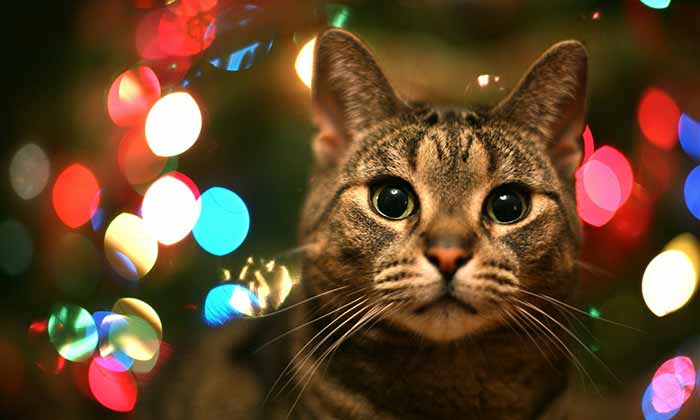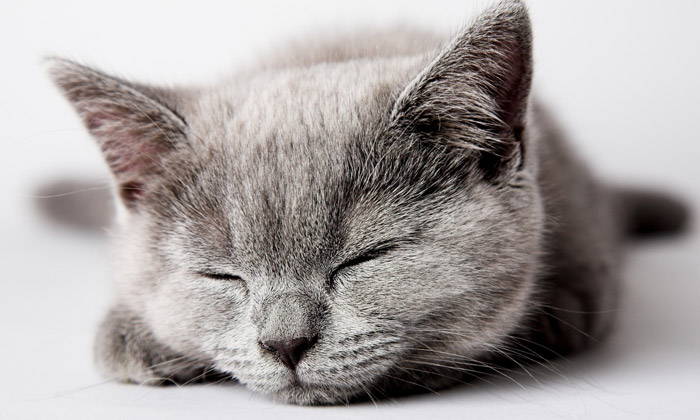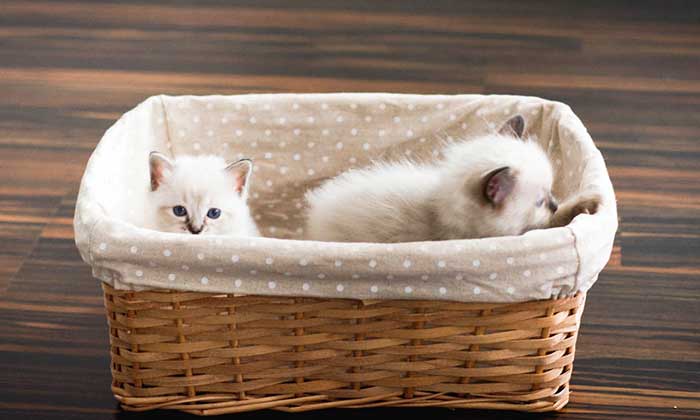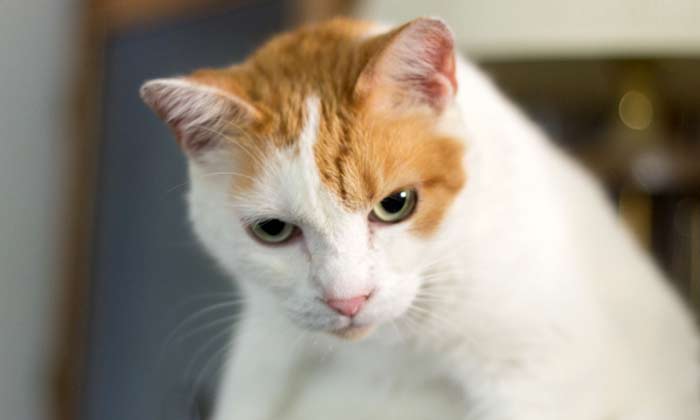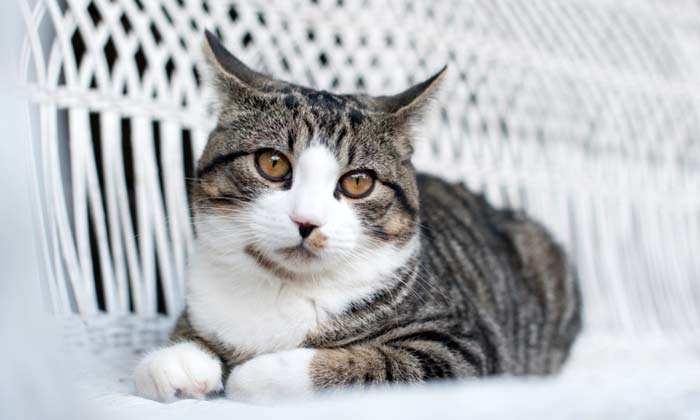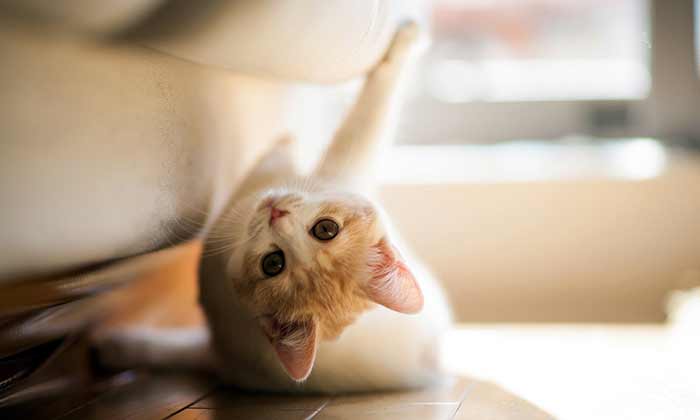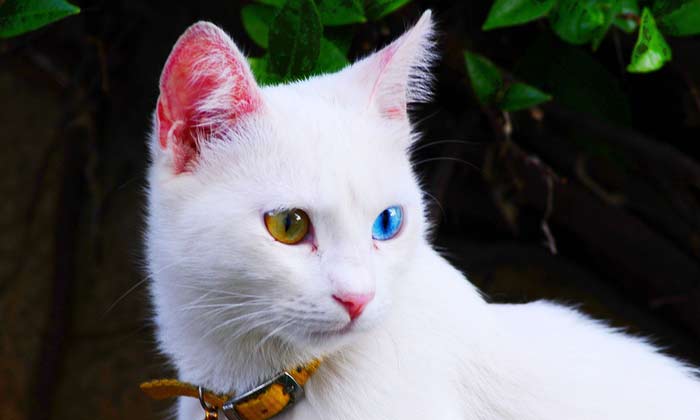Scared Cat: Behavioral Signs and Causes
All cats are different and a scared cat will be frightened by different things, and each has its way of responding to fear. Some will recover quickly from the scary events while others will take longer. Cats can either get scared indoors or outdoors depending on where the scary event takes place which may lead to them entirely avoiding such a place. To be able to identify a frightened cat it is important first of all to know the behavior of frightened cats, and some of the factors that lead to fear, and how to help such cats.
Scared Cat Behavioral Signs
Fearful behavior
Scared cat behavior will vary from one to another. Common fearful cat behavior that you can look out for is hiding, running away, shivering, and being too aggressive such as hissing, growling, spitting, biting, swatting, puffing fur and tail, scratching, arching back and flattening its ears.
Scared cats can also be exhibited by the cat curling up its body, tucking its tail under its body, and holding its body and head low to the ground. This is characterized by the cat’s inability to vocalize. Other signs of fearful cats are shaking, dilated pupils, panting, drooling, foot pad sweating and shedding of its hair. Extreme fear can be identified by certainly scared cat behaviors such as defecation and urination.
What are Cats Scared Of?

Scared cat behavior will vary from one to another.
Fearful cats can be brought about by quite some factors. It is important for a cat owner to closely study his or her cat to identify what causes it to express the behavior of the frightened cat. Some of the triggers of stressed behavior in cats are new environments, quick movements or loud noise, strange people or animals, or even an active child.
The behavior of frightened cats can also be expressed if the cat has gone through a traumatizing event such as hearing gun fire, loud fireworks or even a visit to the veterinary clinic. Stress in cats can also be brought about by medical conditions. Cats will often hide when ill or in pain which may cause the cat to stop using its litter box. If a cat is often a target of abuse, it is bound to express scared behavior.
De-stressing a fearful cat
It is important to eliminate stressful behavior in cats to ensure that the cat is at ease. This can be achieved by interacting with the cat at its pace. This gives the cat a choice, and it will feel relaxed to interact with you. Give incentives such as food treats for any positive behavior such as walking in the room. To also ensure less distress in cats you can create clear pathways that it can use to reach its resources such as the litter box.
Observe the body language of a fearful cat and get to know what it says. If it says do not approach then don’t or else it will go into hiding. Distribute toys for the cat to play with in its solo time. This will create a positive association with its environment. When a cat’s behavior becomes too threatening to the people around it, it is important to seek help from a specialist.
Helping Scared Cat
Fear in cats is portrayed and handled differently. Cats should be given time to deal with and get over their stressful experiences for them to be able to go back to normal. With the information above, it is now easier for cat owners to identify distressed symptoms in cats thus being in a position to help them get better.

